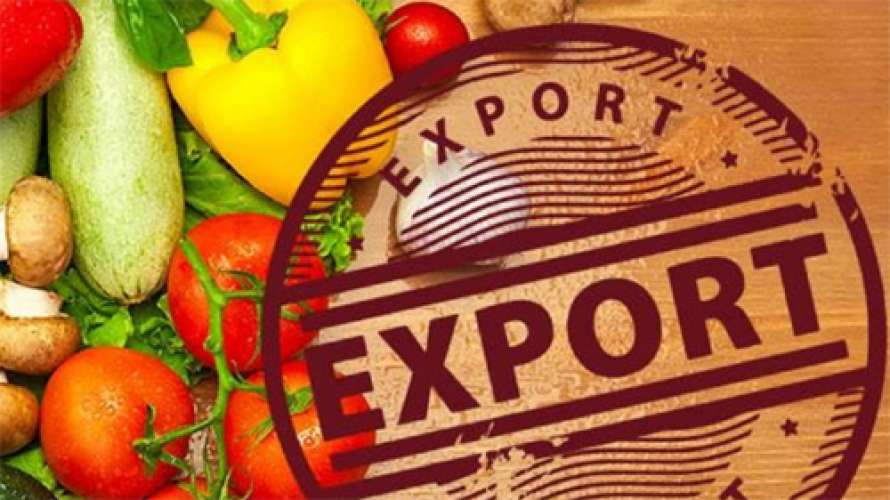Almost two weeks have passed since the EastFruit‘s first trade mission to Uzbekistan ended, during which Uzbek exporters of fresh fruits and vegetables met with large buyers from the EU and Eastern Europe, as well as with local supermarket chains. Meanwhile, Uzbek exporters are continuing negotiations with buyers and are drawing the first conclusions on how their requirements can be met.
According to both parties of the negotiations, the EastFruit team has compiled a list of three crucial factors for the successful exports of Uzbek fruits and vegetables to the EU and the Middle East. Here they are:
- Quality
- Quality
- Quality.
Unfortunately, it is low quality that is the weakest point of Uzbek products. And the reason is a misunderstanding of what is the “quality” that farmers have had since the time when Uzbekistan was part of the communist empire – the USSR.
In the modern world, “quality” is a set of product characteristics that fully meets the requirements of the buyer (importer or supermarket chain), i.e. who the grower or exporter sells his produce to. For the buyer, the appearance of the product is important not in the field, but when it arrived at the buyer’s warehouse after transportation and customs procedures. It is just as important for him how the product is packaged, how long it will be able to maintain its appearance after it is shipped to the supermarket chain or the market, and how this product will satisfy the consumer in terms of its taste.
Quality in Uzbekistan is often referred to as the taste of goods in the orchard or in the field and in general, it is not customary to argue about tastes. If consumers in Uzbekistan love very sweet fruits, this does not mean that everyone in the world share their taste. For example, when supplying table grapes from Italy to Germany, the Italian producer controls the sugar limit, because too sweet grapes are not demanded in the countries of Central and Northern Europe! Accordingly, if the sugar content in the grapes is exceeded, the grapes are no longer considered by the German importer to be of high quality. However, they can be sold quite successfully in the local Italian market, where consumers are more accustomed to sweet fruits.
You should also remember that the quality of products after harvesting cannot be improved, it can only be preserved, and only for a limited time, when it comes to fresh fruits and vegetables. Therefore, products must initially be grown, harvested and refined with an eye to the longest possible preservation of their quality. Products in the field are not a commodity – they are a raw material. Only properly harvested, cooled, packaged and delivered to the importer’s warehouse products that satisfied him in terms of quality can be called “goods”.
Therefore, it is very important for the relevant ministry of Uzbekistan (and not only the agrarian one) to begin systematic work right now to explain to entrepreneurs approaches to understanding quality, the difference between “goods” and “raw materials”, the importance of studying all the requirements of the buyer and the main approaches to marketing.
But what about the price? Isn’t the price a decisive factor for the successful sale of products?
“Uzbekistan is too far from markets and logistics are too expensive to afford to grow and sell cheap low-quality products” says Andriy Yarmak, an economist at the Investments Centre of the Food and Agriculture Organization of the United Nations (FAO). “Our many years of international experience show that by increasing efforts to improve product quality by 15-20%, many producers can increase the value of their products and revenue by at least two times!” the expert says.
Therefore, the price is always an important factor, but there is the difference between competing in a low-price segment and in a high or premium one. After all, even in the market of Uzbekistan, you can find apples at 50 cents or apples at $3/kg at a market or in store at the same time. Accordingly, the costs of logistics and production of both apples will be comparable, but the producers’ incomes will differ significantly.
Thus, the three most important factors for the success of the export of Uzbek fruits and vegetables to the Middle East and the EU countries, where buyers are willing to pay a high price for the product, if it suits them, are: quality, quality and again quality.
The use of the site materials is free if there is a direct and open for search engines hyperlink to a specific publication of the East-Fruit.com website.




